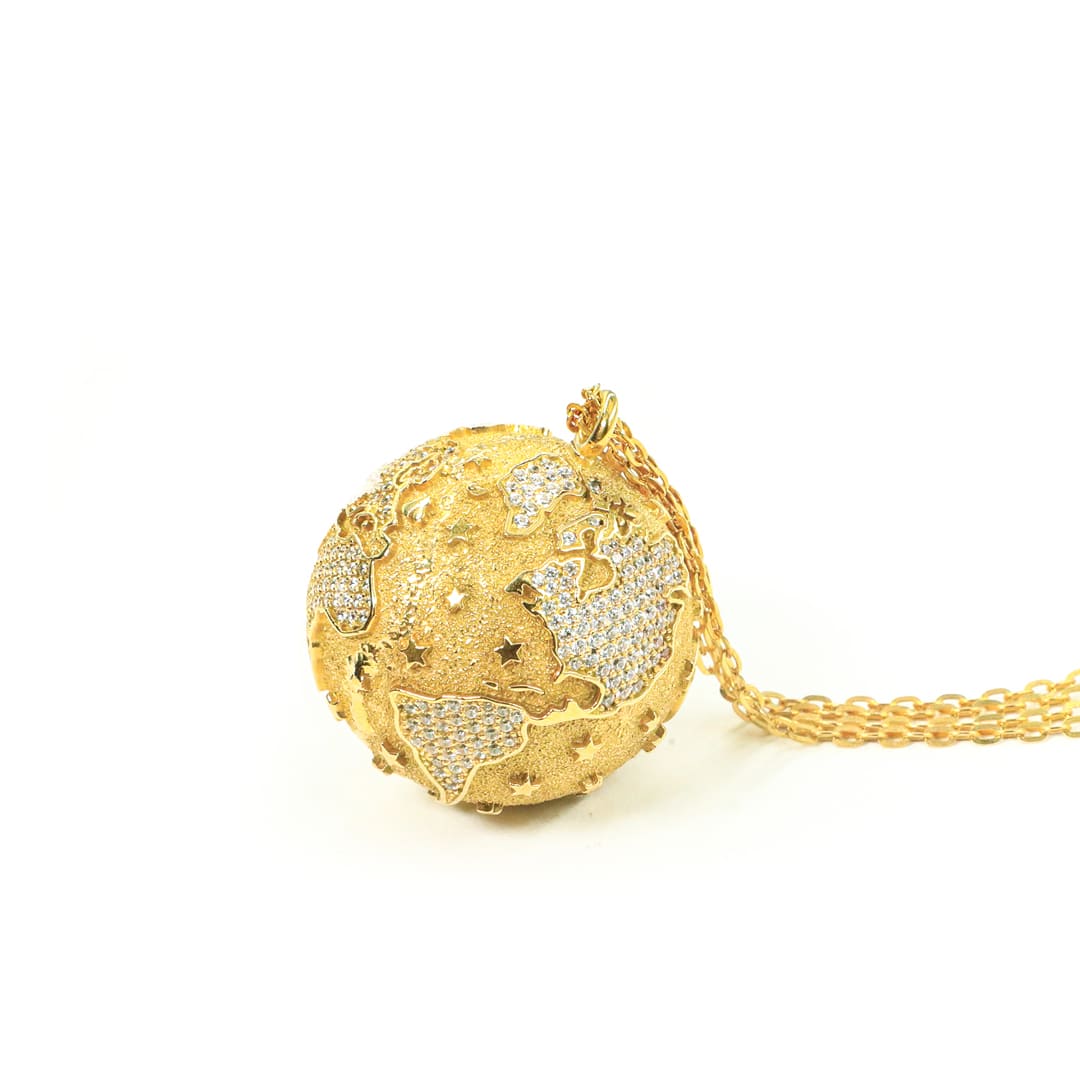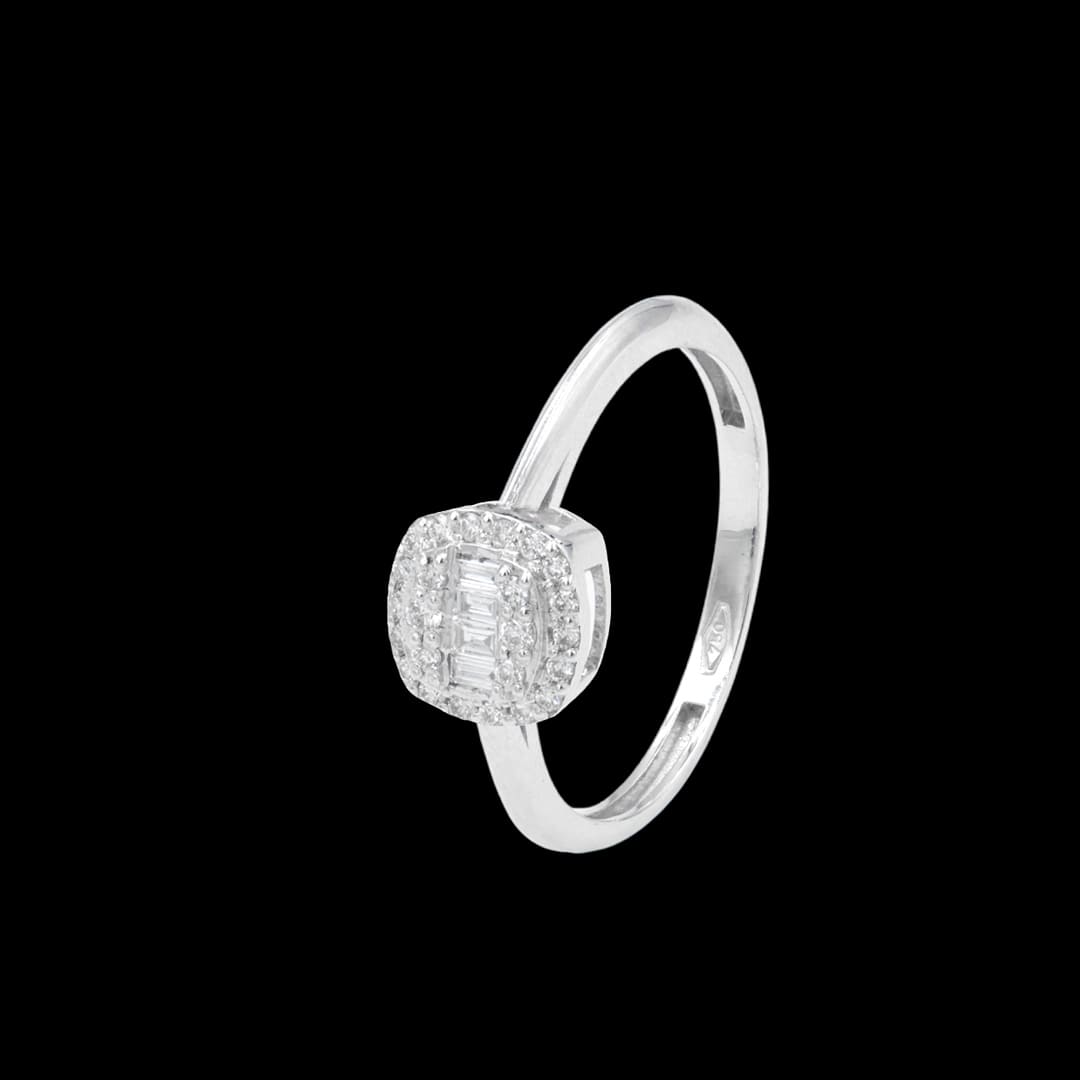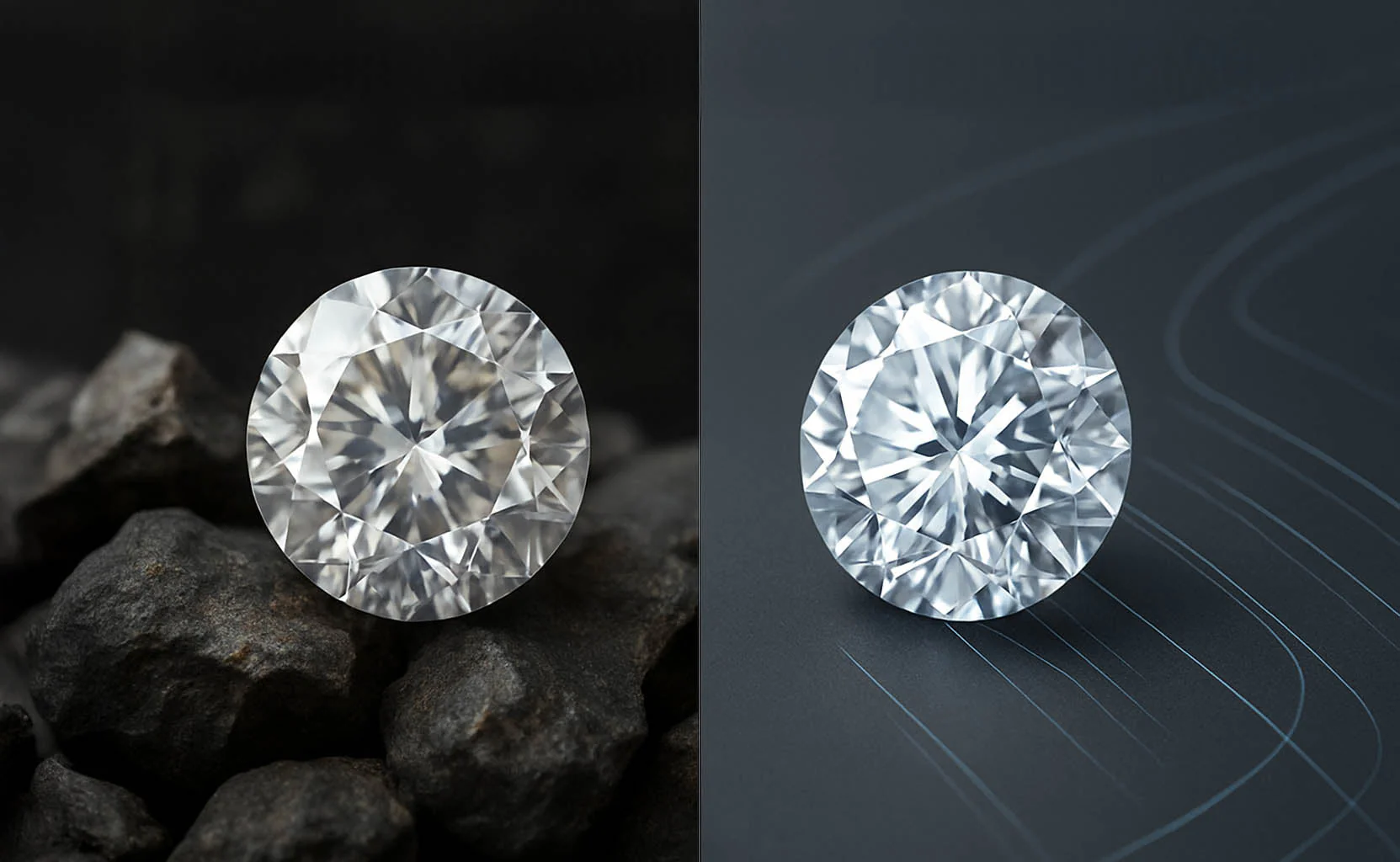
Discovering the Best Quality Gold: A Guide to Pure Luxury
Gold has always held a unique allure, symbolizing wealth, power, and timeless beauty. When it comes to purchasing gold, especially for investment or luxury jewelry, understanding the quality of gold is crucial. This guide will delve into the factors that define the best quality gold and how to make an informed choice.
Understanding Gold Purity
Gold purity is measured in karats, with 24 karats representing pure gold. However, pure gold is often too soft for everyday use, so it is mixed with other metals to enhance its strength and durability. The most common purities used in jewelry are:
- 24K Gold: This is 100% pure gold, offering a rich, yellow color. It’s highly valuable but also quite soft, making it less suitable for intricate jewelry designs.
- 22K Gold: Comprising 91.67% gold, 22K gold is slightly harder than 24K and is often used in high-end jewelry.
- 18K Gold: This contains 75% gold and is a popular choice for fine jewelry due to its perfect balance of purity, color, and durability.
- 14K Gold: With 58.33% gold, 14K is more durable and less expensive, making it ideal for everyday wear.
- 10K Gold: The least pure at 41.67% gold, 10K is very durable but has a paler color and is less valuable.
Alloys and Color Variations
The metals mixed with gold not only affect its strength but also its color. Here are some common gold alloys:
- Yellow Gold: Mixed with copper and silver, yellow gold retains a warm, traditional hue.
- White Gold: Combined with palladium or nickel and often plated with rhodium, white gold has a sleek, modern appearance.
- Rose Gold: Featuring a blend of gold and copper, rose gold offers a unique pinkish tint.
- Green Gold: Mixed with silver, green gold has a subtle, greenish hue and is quite rare.
Determining Gold Quality
When assessing gold quality, consider the following factors:
Hallmarks
Reputable jewelers mark gold items with hallmarks that indicate their purity. Look for stamps such as “24K,” “18K,” or “14K” to ensure authenticity.
Weight
Heavier gold pieces are often more valuable. When comparing similar items, a heavier piece indicates higher gold content.
Craftsmanship
Examine the craftsmanship of the gold piece. High-quality jewelry will have smooth, polished surfaces, precise settings, and no visible flaws.
Certification
Always ask for a certification of authenticity from a recognized authority. This guarantees the gold’s purity and quality.
Investing in High-Quality Gold
For investment purposes, 24K gold is the best option due to its purity and value retention. However, for jewelry that combines beauty with practicality, 18K or 22K gold is an excellent choice.
Gold Coins and Bars
Investing in gold coins and bars is a traditional method. Ensure you purchase from reputable dealers and check for certifications.
Gold Jewelry
When buying gold jewelry, focus on pieces that combine high gold content with excellent craftsmanship. Classic designs and pieces from renowned designers often retain their value well.
Caring for Your Gold
To maintain the quality and appearance of your gold, follow these tips:
- Store Properly: Keep gold in a soft cloth pouch or jewelry box to avoid scratches.
- Clean Regularly: Use a gentle cleaning solution and a soft cloth to clean your gold items.
- Avoid Chemicals: Keep gold away from harsh chemicals, including chlorine and cleaning agents, which can damage it.
Understanding the Quality
Understanding the quality of gold is essential for making informed purchases, whether for investment or luxury. By considering factors such as purity, craftsmanship, and certification, you can ensure you’re acquiring the best quality gold. Embrace the timeless allure of gold, and let it be a symbol of luxury and lasting value in your collection.







Add comment